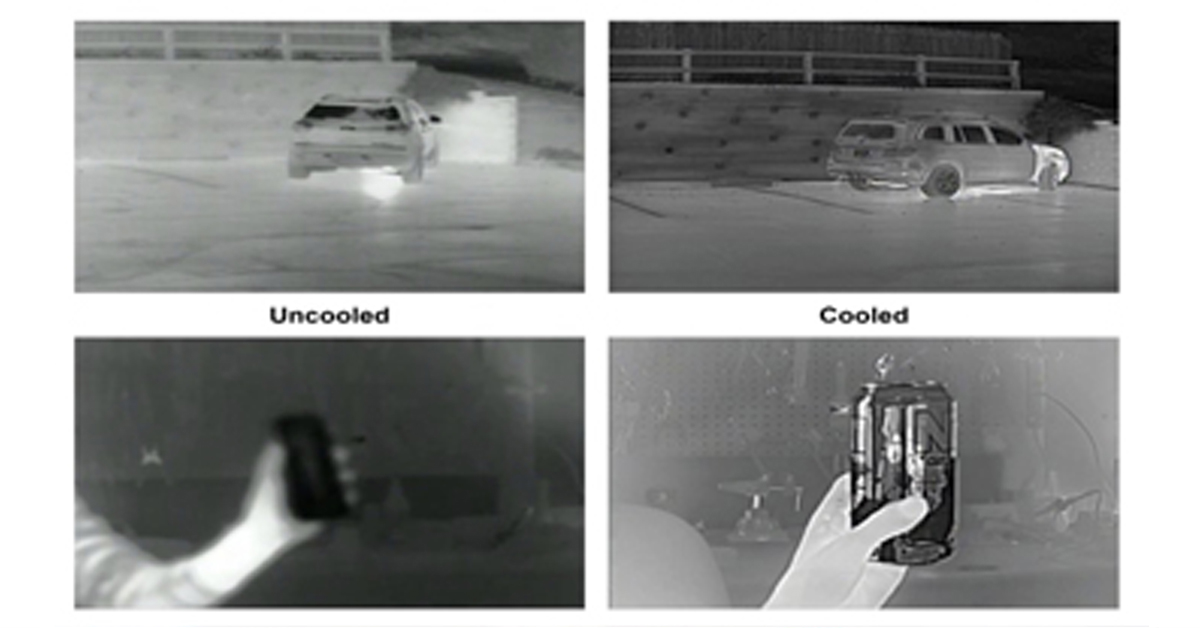
How Layering Multispectral PTZ Cameras and Radars Improve Perimeter Protection
ENTRANCE
Perimeter security systems provide the first layer of security for mission critical organizations. Designed for 24/7 break-in detection, these systems detect threats, track targets, and notify security when response is required. Environmental Intrusion Detection System, commonly referred to as “PIDS”, is a key area for the successful maintenance of critical infrastructure systems such as utilities, airports, data centers, and gas and oil utilities. If unauthorized individuals intrude into any critical asset area and damage essential equipment, bankruptcy causes widespread disruption in the vital services of millions of customers. This is one of the factors that ensure the continuation of environmental security investments. De facto, according to Mordor Intelligence, the critical infrastructure security market hit 70 in 2019.
Designing these systems is no easy task, although the importance of securing critical infrastructure sites from invaders is evident. Remote locations, rough terrain, wildlife, inclement weather, and compliance regulations are factors that security managers need to address. Designing an effective system that will operate in harsh environments requires strategic planning, utilizing consultants, system integrators, and knowledge of state-of-the-art sensor technologies.
Thermal cameras offer 24/7 monitoring, increasing the probability of detection and reducing false alarms.
Traditional PIDS Technologies
There are several technologies that customers apply to their PIDS Technologies. Ideal for hidden cables, covert operations and keeping the aesthetics of the space intact; underground leverage sensors are also used to detect the movements of occupants such as walking, crawling in certain areas. Fence detection systems use sensors embedded in fences to detect when someone attempts to climb or cut fences. Ground-mounted microwave sensors emit invisible energy and the system will alarm when an invader walks between the transmitter and receiver. These technologies work in their field. However, fiber optic cables and fence shakers only monitor the perimeter and within borders. It only warns when someone is at the door. They give no advance warning and underground technologies can be too expensive to install.
At the end of the day, end users want to put the pancake out of sight. End-users want to be forewarned of impending threats so that the invader can provide feedback to mitigate a situation before it reaches the border. A PIDS that fits this requirement, increasing its coverage and improving detection accuracy, is the most attractive option.
A Reliable Option
Multi-sensor technologies are a reliable strategy when designing a PIDS. Thermal imaging cameras and radars are prominent sensor technologies for PIDS projects, effectively increasing their scope and capability. Although these technologies have been used together in the military and defense sector for years, they are now more accessible in the private sector. Thermal imaging cameras and radars have a track record of performing in extreme outdoor environments and are in greater demand from critical construction organizations such as branches, data centers, airports, including other industrial organisations. For example, the thermal imaging market (building inspections, maintenance, elevated shell temperature, surveillance, firefighting, personal vision system and drones) by 2025 It is expected to reach a market value of $5 billion. This is because, according to Yole Developpement, it is growing at an 8% CAGR between 2019 and 2025. Yole predicted that the radar market, especially the defense, security and rocket part, will increase from $11 billion to $13.1 billion by 2025. The main idea here is that demand and sales for thermal cameras and radars are on the rise. This growth demonstrates the trust and interest of customers around the world in these technologies, another reason why multi-sensors are used in PIDS technology. projected that the security and rocket part will rise from $11 billion to $13.1 billion by 2025. The main idea here is that demand and sales for thermal cameras and radars are on the rise. This growth demonstrates the trust and interest of customers around the world in these technologies, another reason why multi-sensors are used in PIDS technology. projected that the security and rocket part will rise from $11 billion to $13.1 billion by 2025. The main idea here is that demand and sales for thermal cameras and radars are on the rise. This growth demonstrates the trust and interest of customers around the world in these technologies, another reason why multi-sensors are used in PIDS technology.

Thermal cameras can detect people, vehicles, objects in dark or other low visibility conditions.
Thermal Cameras See What Others Can't
Although traditional monitoring devices are the most effective option for color video, different solutions are required to comply with standard requirements for feature and facial line detection and evidence use in security areas, for installations under harsh conditions where good lighting is not possible. In such scenarios, thermal cameras are ideal. Let's take a look at how thermal cameras offer advantages in low or no light, adverse environmental conditions, and applications characterized by video analytics.
Thermal cameras see what the naked eye or standard cameras don't: heat. They can measure temperature changes as small as 0.01°C in people and objects and display these differences. For this reason, thermal cameras offer several benefits to security buyers.
Thermal cameras produce images that standard surveillance cameras cannot produce, thus allowing security operators to see in the dark, in harsh sunlight, rain or smoke. Thermal cameras also have a feature that sets them apart from other sensors: 24/7 monitoring. Thermal cameras comply with regulations such as the US NRC's 73.55 security policy, which requires nuclear power plants to constantly monitor and monitor areas to detect and deter invaders. Thermal cameras can detect people, vehicles, objects in dark or other low visibility conditions.
Thermal cameras provide high resolution images for video analysis performance and invasion detection. When the thermal camera is deployed, command center personnel can easily spot an invader attempting to hide in the trees at night. Whereas, a standard security camera would only show a dark image.
Security managers prefer thermal cameras with video analysis for their PIDS because they work as a complete system, providing both intrusion alerts and video for confirmation. Although they provide occupant notifications, fiber optic cable and fence shaker technologies require a solution other than video confirmation to verify the alarm. This does not apply to thermal cameras or resolution cameras, they already provide occupant notification and video footage.
Thermal cameras also attract system integrators for PIDS projects from an installation point of view. In gas and oil plants, ports or other locations where fence row installation is not possible in the entire periphery; resolution thermal cameras are offered as the most affordable option by creating a virtual thermal fence for occupation detection. With a lower construction fee than a permanent physical barrier, virtual thermal fences provide similar barriers to physical fences; At the same time, having a proactive alarm in case the invader approaches is one of the extra benefits.
With 40 years of experience, FLIR Systems is the global leader in thermal technology and has a variety of thermal solutions to critical infrastructure applications. FLIR thermal security cameras are mission-critical organizations' first choice for perimeter surveillance.
When the radar is integrated with the command and control system, the system shows the target and the direction it is going on the map.
Radars as Superior Detection Devices
Radars add another layer of security to a PIDS solution, providing coverage beyond fences, complementing visible and thermal security cameras. Land surveillance radars use high frequency radio waves to detect moving objects. Radars provide continuous space protection by scanning the position 360 degrees every two seconds. They are virtually unmatched among detecting devices, providing a longer and wider detection area than an ordinary camera system. They work in the dark, rain and other harsh weather conditions. When they detect a potential invader, radar sensors find and mark the exact GPS coordinate where the target is located. When the radar is integrated with the command and control system, the system shows the target and the direction it is going on the map.
Radar systems are effective and give security personnel advance notice of approaching unauthorized vehicles or persons. After detection, security personnel can begin procedures before the invader even reaches the perimeter. Indeed, this gives security personnel an opportunity to identify a potential invader before it poses a threat.
It enables security personnel to continuously follow the movement of the target in and out of the field of view.
Layering Thermal Multi-sensors and Radars for Superior Results
Radars are probably the best possible technology for threat detection over large areas. Although they offer excellent coverage and tracking, radars do not offer video verification to distinguish between true threats and false alarms. As a result, customers are layering thermal cameras (especially pan-tilt-zom PTZ dual-sensor cameras) with thermal and visible cameras and radar so that PIDS designs are more resistant. One of the advantages of integrating multi-band cameras into radars is that customers gain redundancy. Users increase the probability of detection with advanced software that combines alarms from thermal, visible and radar sensors with accuracy. If both sensors send an alarm for the same event, it is most likely a true alarm. This system
A properly designed thermal-radar PIDS system also advances target tracking. Radars can track multiple targets simultaneously. The versatile, system-defined software of the radars detects targets and follows them until they leave the monitored area. When integrated with multi-sensor PTZ cameras equipped with both thermal and visible cameras, radars allow PTZ cameras to track the target and zoom in on the screen. This ensures that security personnel at a remote command center have an eye on the target at all times, as well as improving overall threat assessment and real-life response.
Effectiveness and Spending Savings
PIDS' use of thermal camera and radar reduces equipment expenses. Radars cover and monitor more area than other cameras or conventional sensors. Monitoring more space with fewer devices reduces seen equipment and agency fees. In some embodiments, installation for PIDS can be simplified by utilizing both multi-sensor PTZ cameras and fixed thermal cameras and radars. When a place has facilities, cages and poles before, cameras and radars can be installed on these structures.
Integrating thermal cameras and radars also reduces maintenance costs. When the radar sends directive to the PTZ thermal camera, the camera only moves towards the detected one. This ensures that the camera's PTZ mechanism is only connected when needed. In this way, it increases the lifetime of the camera and reduces the problems related to usage.
As a typical example, in 2016 a power company sought to improve and replace traditional fence protection systems (fiber optic cables, microwave barriers, video resolutions). Because these systems required excessive labor, time and capital for implementation. Company; partnered with VTI Security company, which has experience in the trade, service, oil and gas industries. VTI launches FLIR Triton PT Series Camerasand offered a solution integrating radars. The combination of thermal and radar technology helps customers locate a person within 100 acres, see hundreds of meters beyond fences. In addition, the radar sends directives to the camera and notifies the personnel without any intervention. Automated functionality helped operations and proficiency. Due to the ease of installation of the thermal-radar device, VTI installed 25-30 locations within 3 months. In fact, the installation process was four times faster than expected.
Key Topics
Environmental Intrusion System (PIDS) design for critical building organizations requires both innovation and ingenuity. Those who have a say in security must meet the regulation to meet the expectations of the customers, determine the effectiveness of the sensor technologies, calculate the financial value of each technology option, ensure the technological compliance and work within the budget constraint.
Fortunately, pairing thermal multi-sensor PTZ camera options with radars for PIDS has proven to be both an effective and efficient option. Integrating these cameras with radars maximizes the controlling area, detection accuracy, target tracking and early warning, while reducing construction and construction costs. The number of thermal-radar camera applications to branches, data centers, airports, oil and gas facilities will continue to increase as critical infrastructure customers see the advantages of PIDS application using thermal multi-sensor camera and radar.
Blog Posts

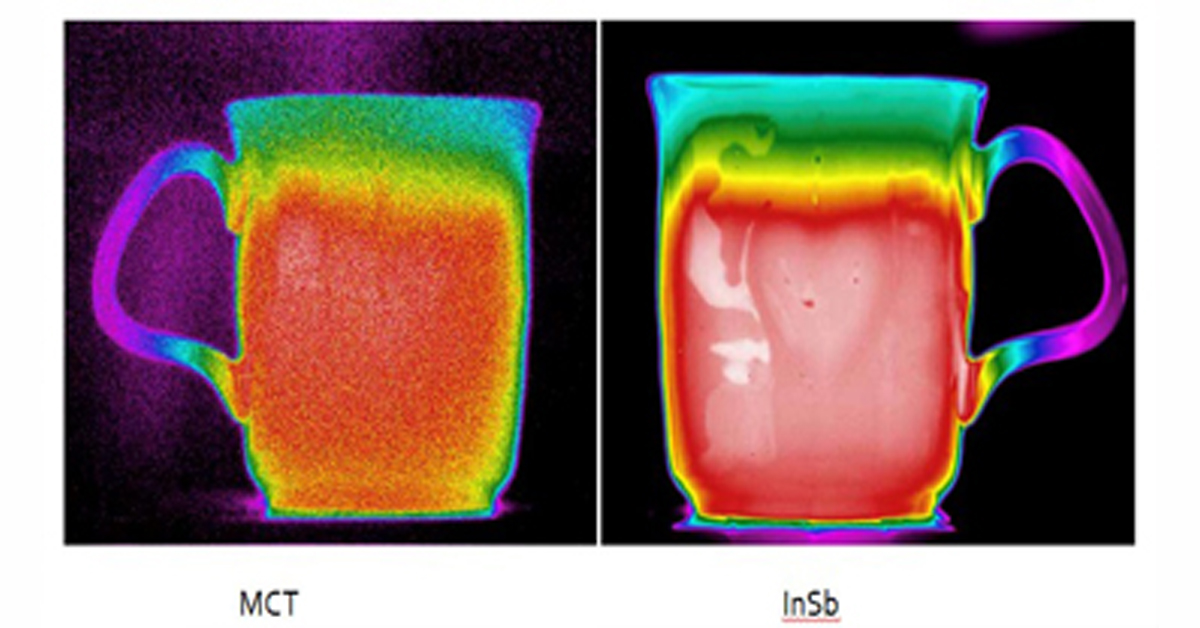
Thermal Camera Selection
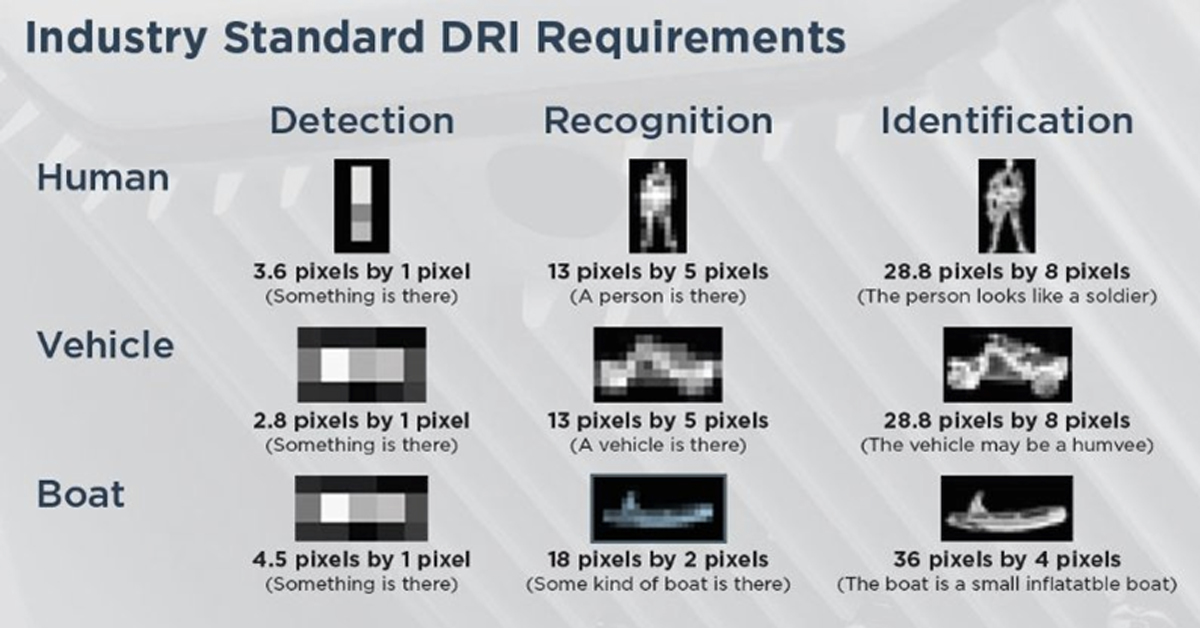
How Far Can I See?

How Should Human Temperature Be Measured?

What is Wide Dynamic Range?

MYNOISE AUDIO MIXER REVIEW

WHAT IS A WIRELESS DISTRIBUTION SYSTEM?

POE VS. POE+ VS. POE++: CHOOSING THE RIGHT INDUSTRIAL ETHERNET SWITCH FOR YOU
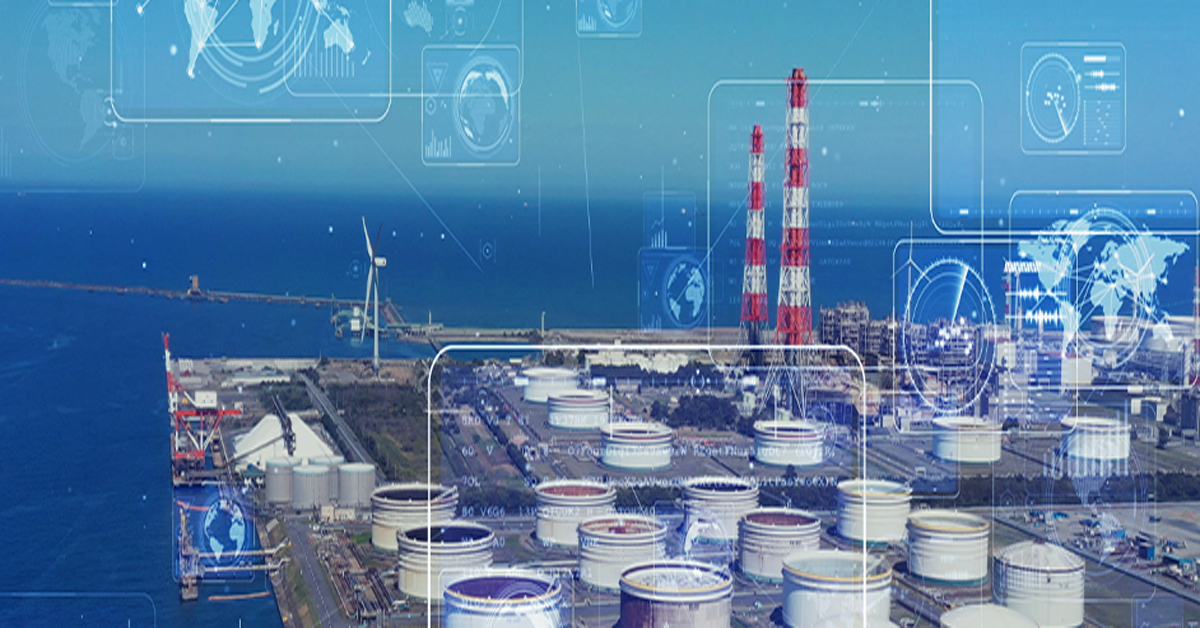
INDUSTRY-LEADING INDUSTRIAL ETHERNET SWITCHES

UNDERSTANDING WHAT THE INDUSTRIAL INTERNET OF THINGS IS
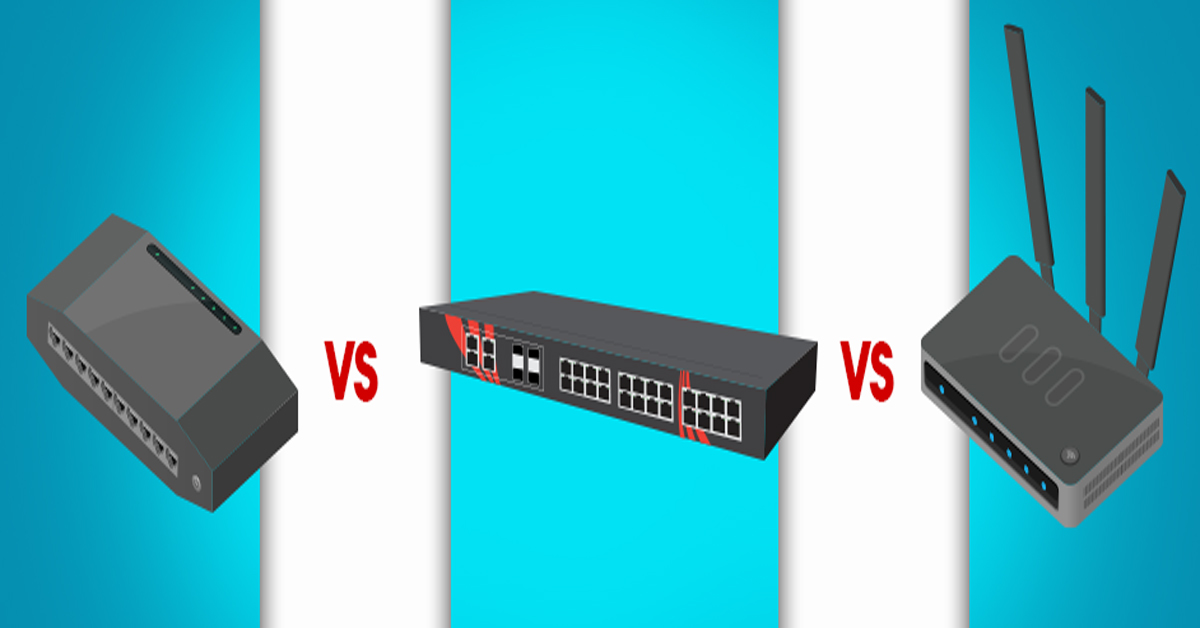
THE DIFFERENCE BETWEEN A HUB, SWITCH, & ROUTER
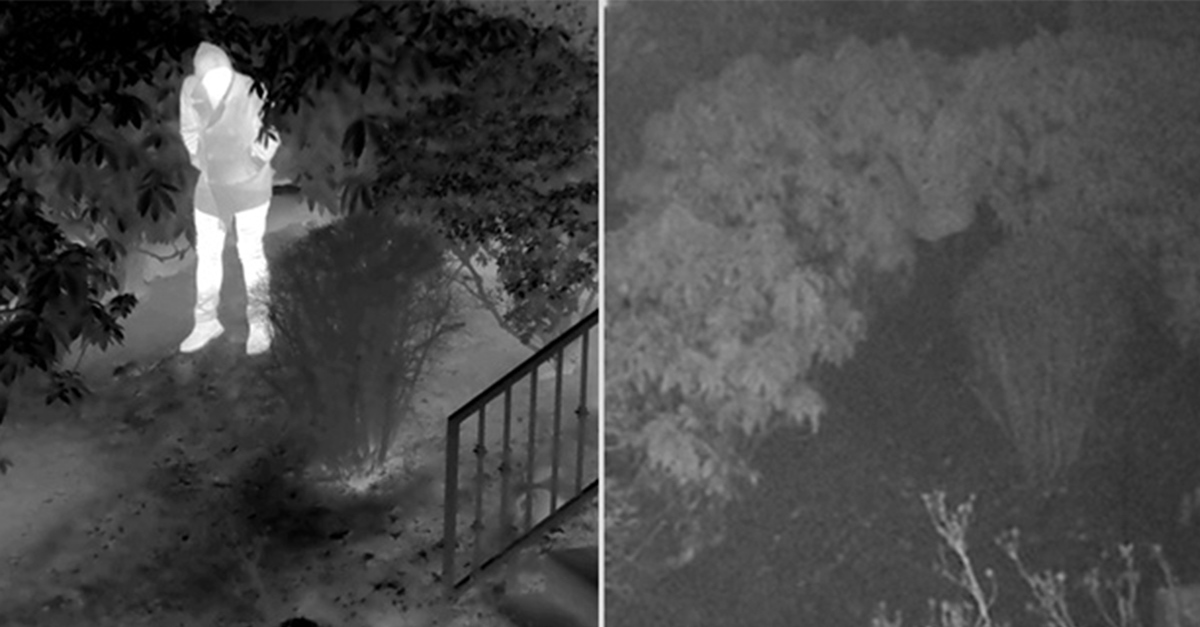
5 Benefits of Thermal Imaging Cameras

DIFFERENCE BETWEEN INDUSTRIAL ETHERNET AND REGULAR ETHERNET

INDUSTRIAL NETWORKING EQUIPMENT USED FOR AUTONOMOUS VEHICLES

CYBERSECURITY: PROTECTING INDUSTRIAL CONTROL SYSTEMS

HOW INDUSTRIAL NETWORKING CAN PROVIDE SECURITY FROM DRONES
.webp)
Thermal Cameras Reveal How to Keep Your Home Cool During a Heat Wave

FLıR ONE PRO
.png)
Unmatched Maritime Awareness with Cooled Thermal Imaging
.png)
What Is the Right Handheld Thermal Camera for You?
.png)
Camera Resolution and Range
.png)
Special Applications for Marine Cameras
.png)
What’s The Difference between Thermal Imaging and Night Vision?
.png)
Can Thermal Imaging See Through Fog and Rain?
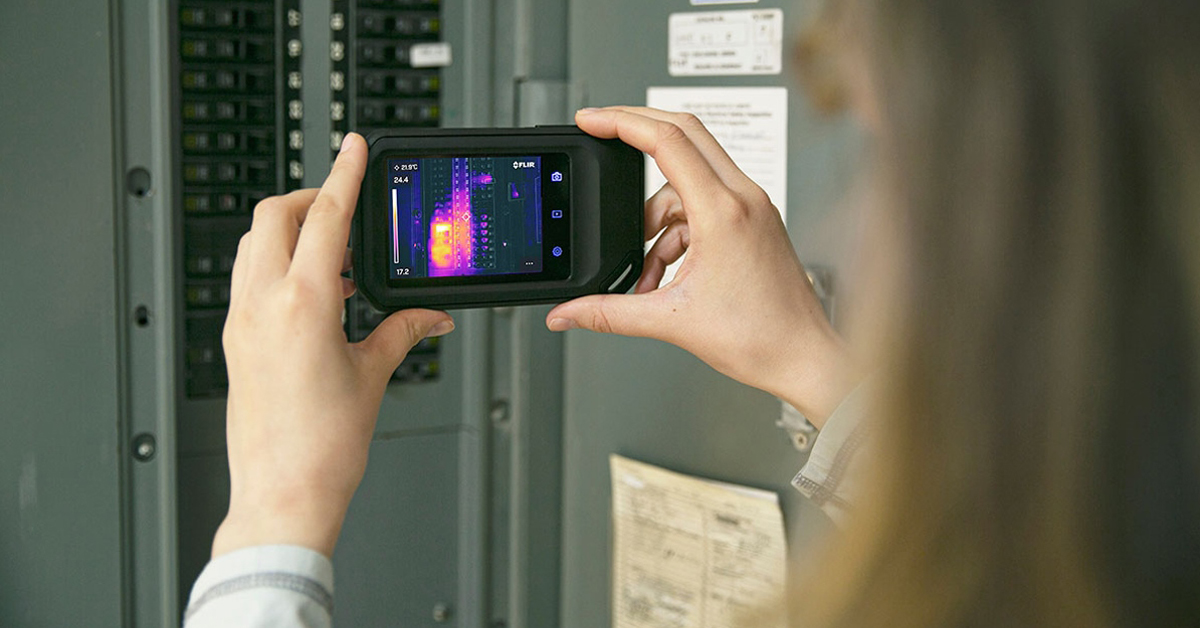
Which Cx-Series Camera Is Right for You?
.png)
What is MSX®?
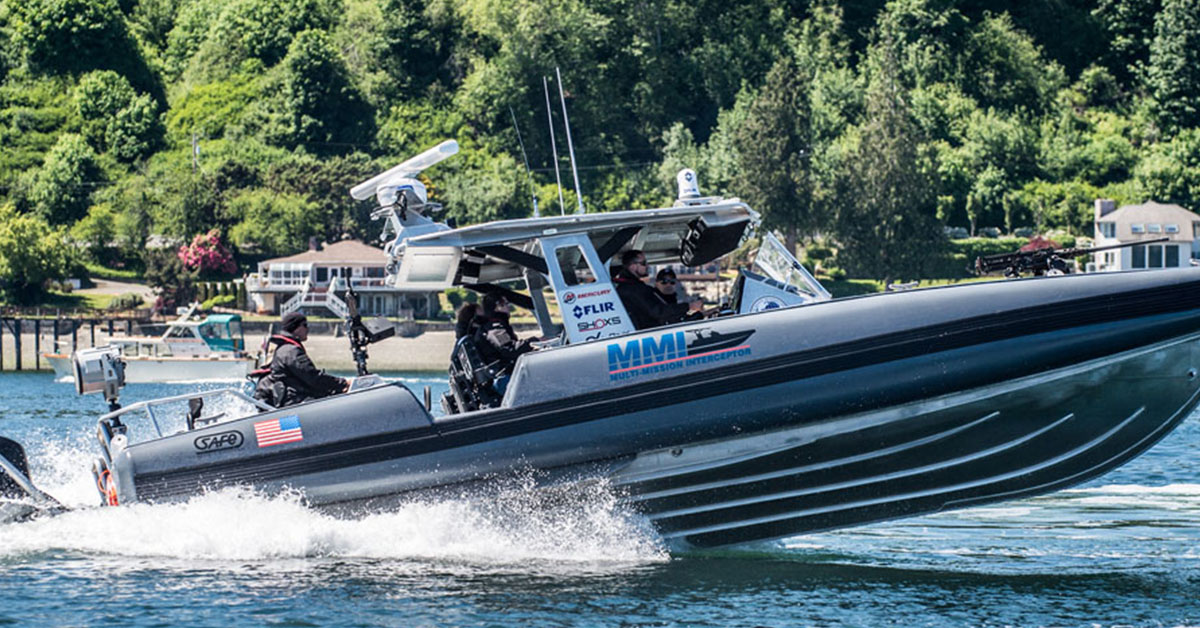
Five Reasons Maritime First Responders Need Thermal Imaging
.png)
3 Distinguishing Features of Superior Thermal Cameras
.png)
Determine Which Visible and Thermal Security Cameras You Need
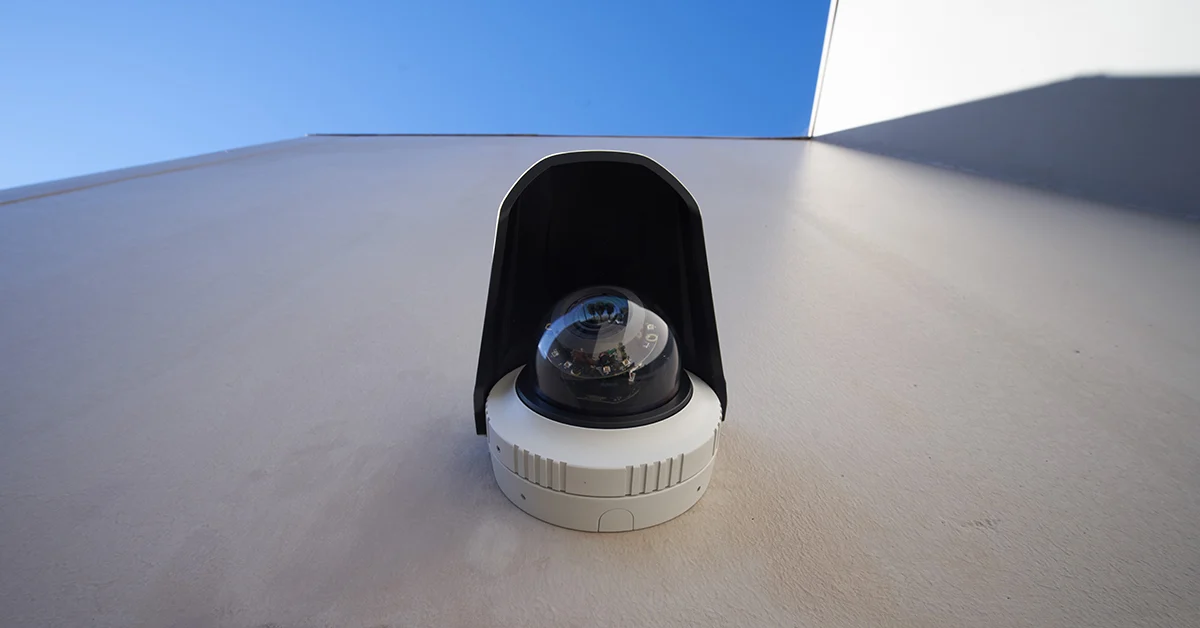
Bullet vs. PTZ vs. Dome: Which Security Camera Is Right for You?

Interfaces for Machine Vision

Machine Vision Sensor Review
.png)
Teledyne FLIR, the Industry Leader, Launches Boson +, a Long-Wave Infrared Thermal Imager Module with an Accuracy of Less Than 20 mK
.png)
Whitepaper: IP-Based Security Convergence
.png)
3 Technologies Transforming Safe Cities into Smart Cities
.png)
Insights from the Field: Ensuring Workplace Safety Using Thermal Camera Screening for Entry Control

Thermal Night Vision as a Force Multiplier

Can Thermal Imaging See Through Walls? And Other Common Questions
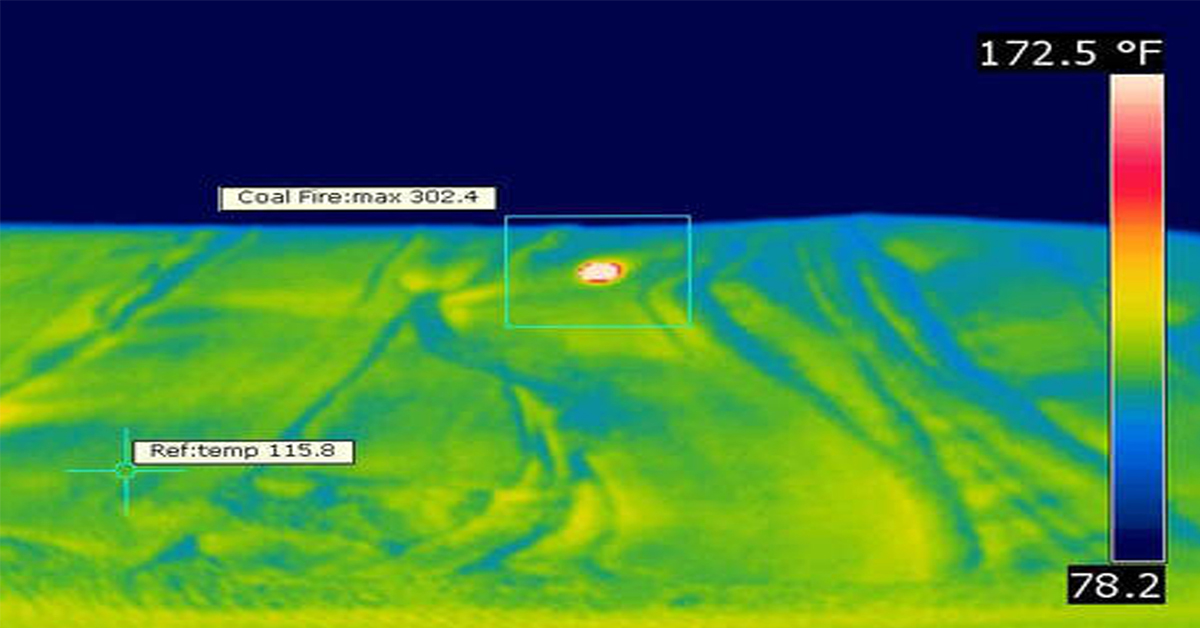
Application Spotlight: Early Fire Detection for Rapid Heat Generation

Protect Personnel and Equipment by Detecting Early Signs of Fire
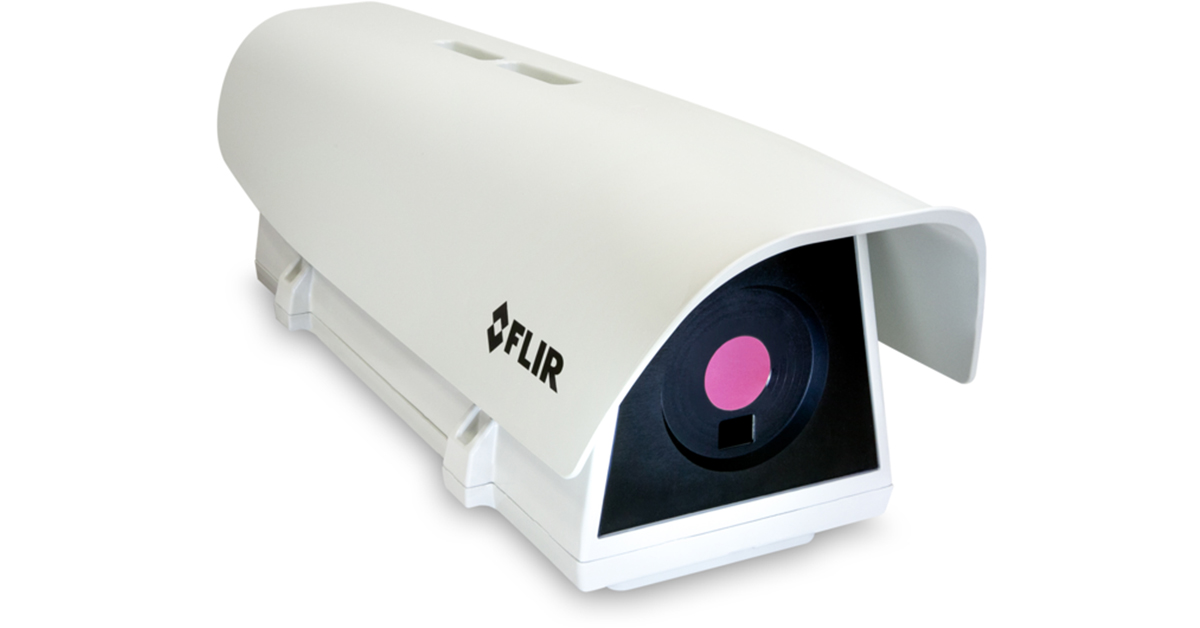
Teledyne FLIR Launches A500f/A700f Cameras for Fire Detection and Condition Monitoring
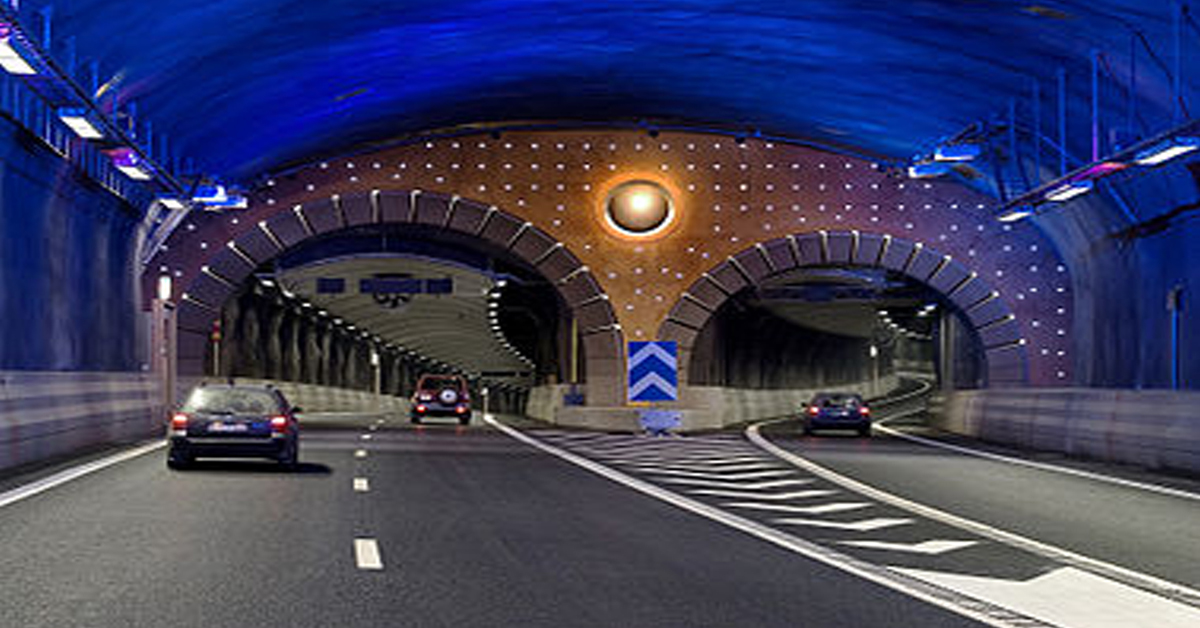
Thermal Imaging Cameras Help Guarantee Fire Safety in Tunnels
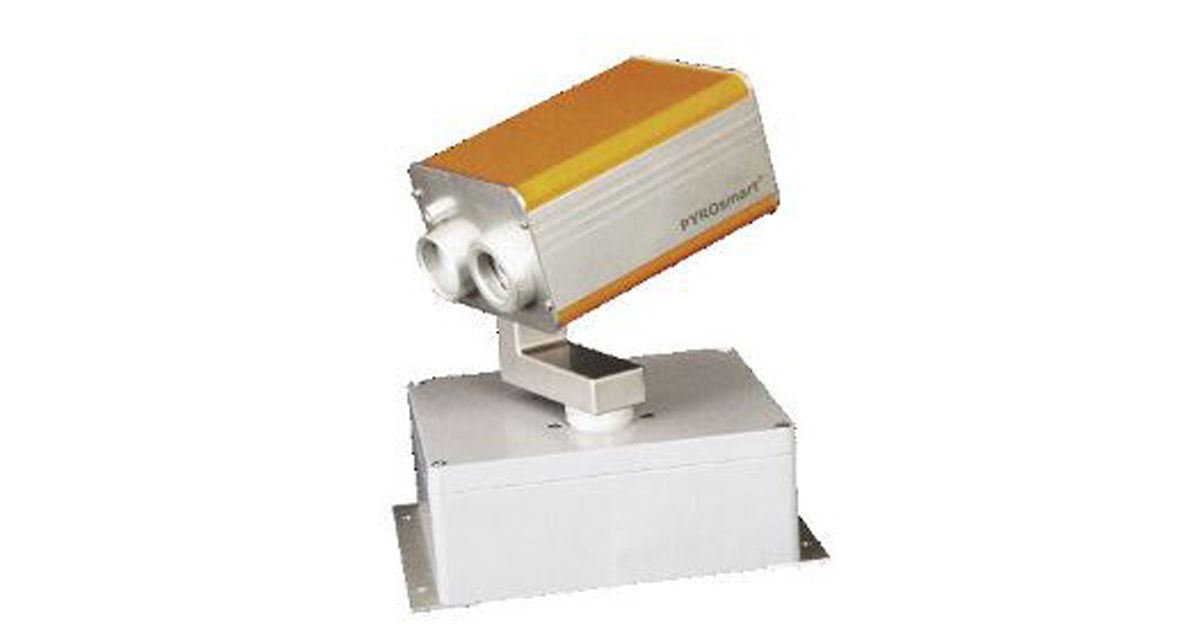
Thermal Imaging Cameras Help to Prevent Fires

ITS-Series Dual AID Surpasses Standards for Fire Detection Systems in Japan
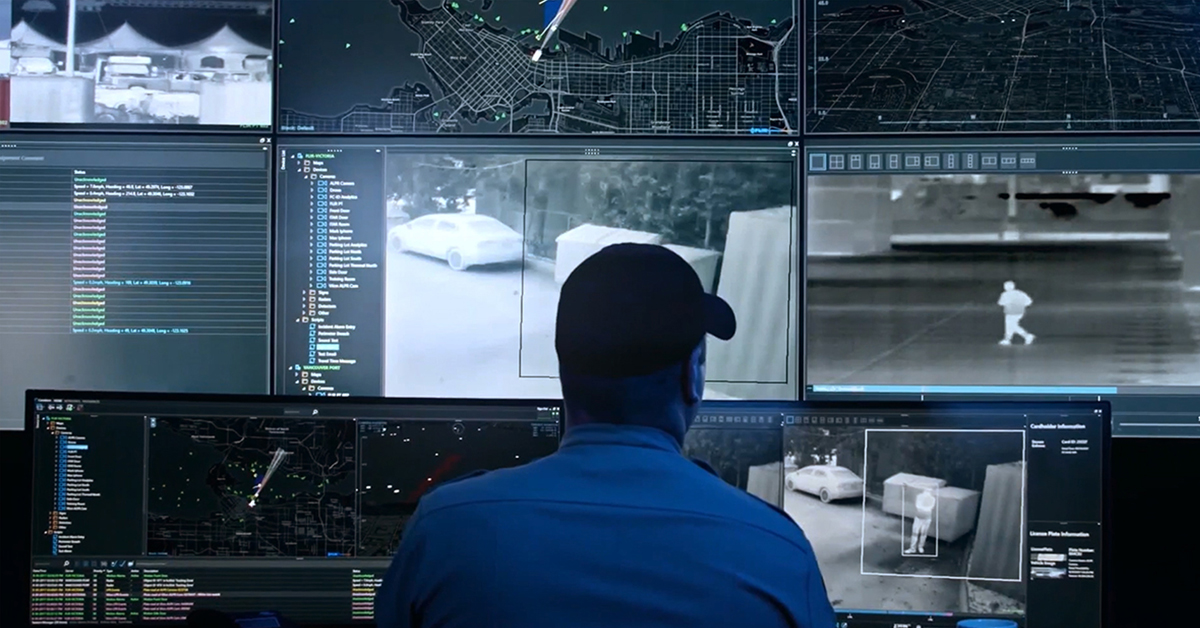
How Layering Multispectral PTZ Cameras and Radars Improve Perimeter Protection
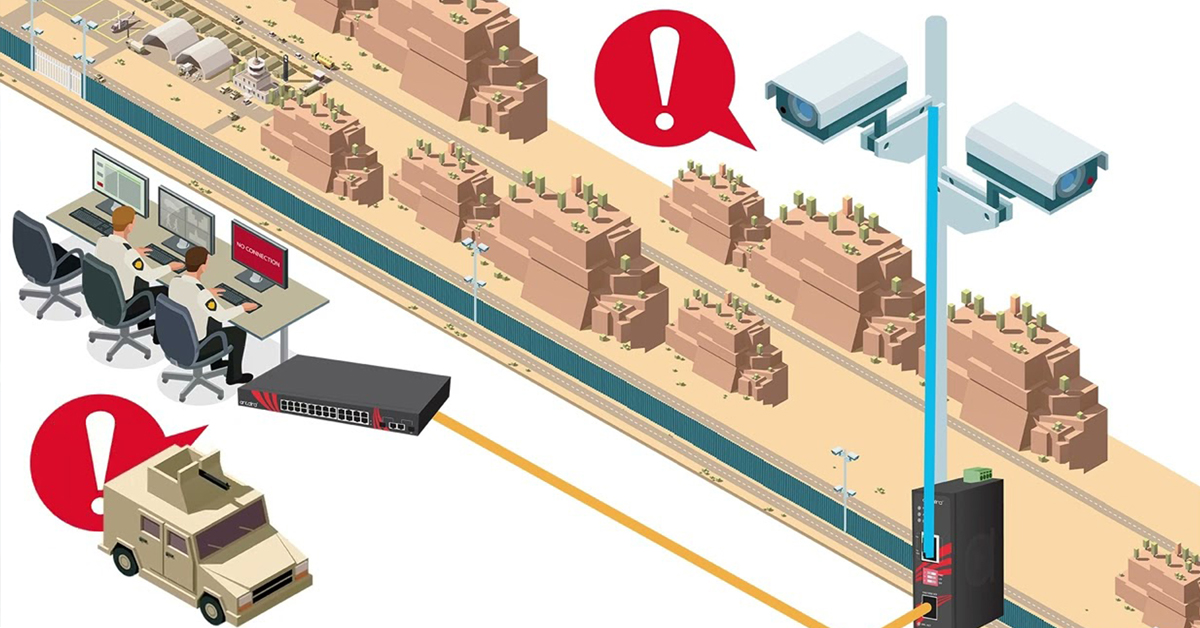
POWER REMOTE RESET TECHNOLOGY - PRRT

Why Yacht Owners are Adding Thermal Imaging Cameras to Minimise the Risk of Lithium-Ion Battery Fires?
.png)
Intelligent Transportation Systems

Best Practices Guide for Perimeter Security Applications

Protect Pedestrians, Bicyclists and More with Thermal Smart Sensors
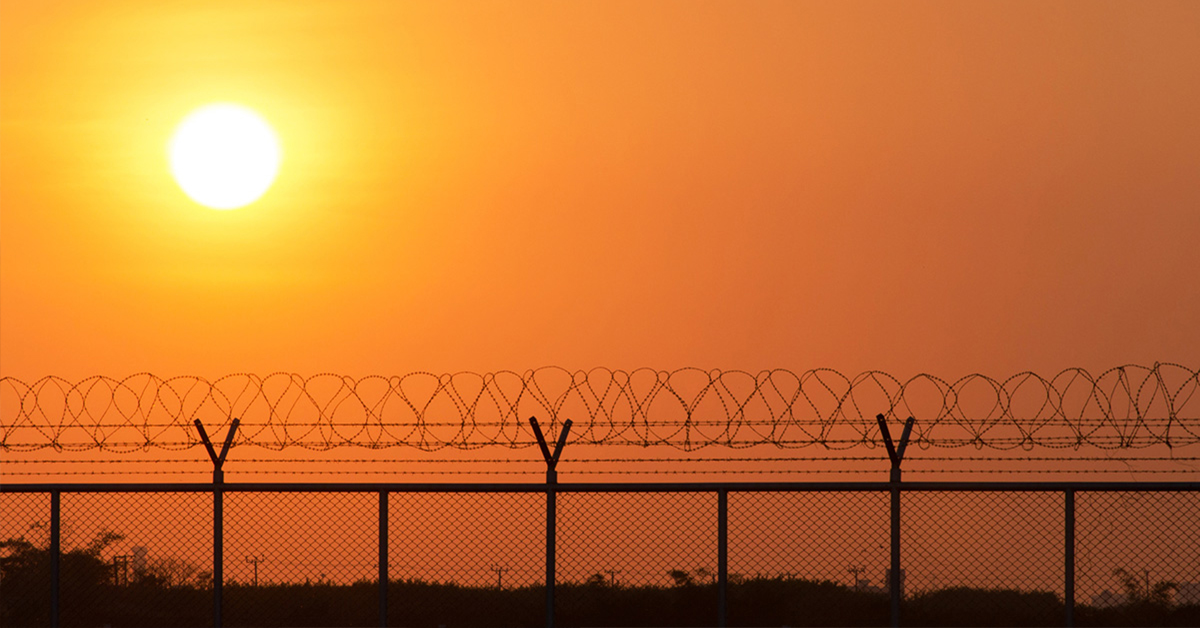
White Paper: Application of Ground-Based Security Radar to Perimeter Systems

What is Thermal Leakage and How to Reduce Its Risks
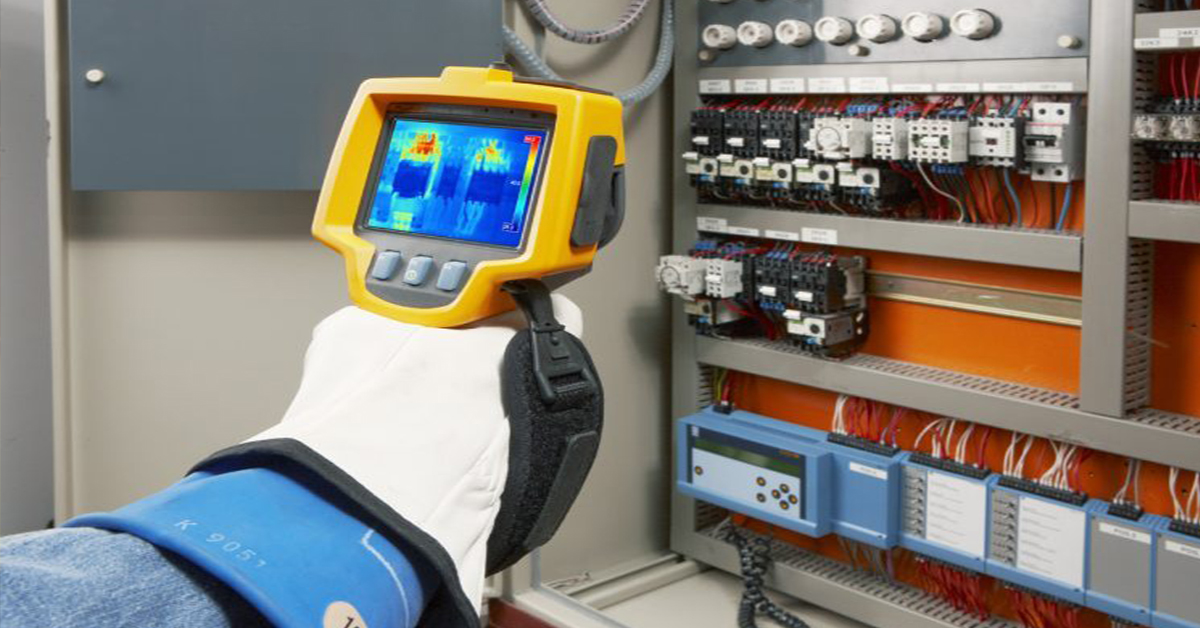
Battery Inspection Using Advanced Thermography

Providing ire Protection for Lithium Battery Storage
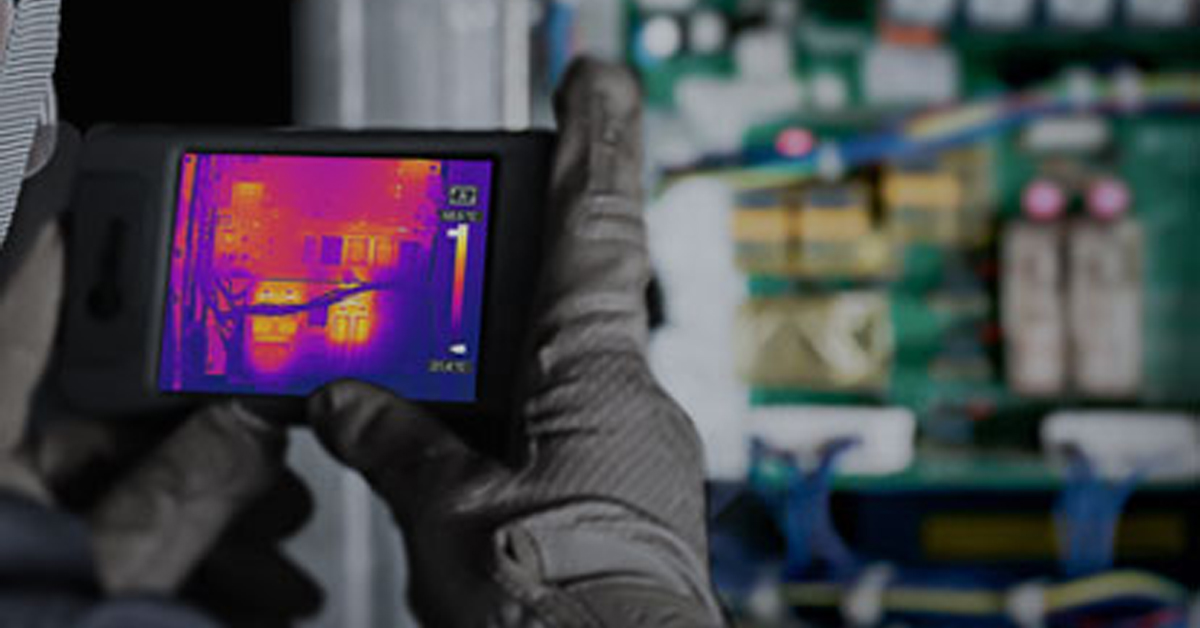
The Power of Thermal Imaging
.png)
Why Panel PCs Are Perfect For Industrial Applications?

Teledyne DALSA
.png)
Advantages of Virtual Barrier Video Analytics for Perimeter Security Systems
.png)
.png)
NASA Takes the Teledyne FLIR Boson Thermal Camera Module Out of this World
.png)
Port Security Enhancement: DP World Yarımca's Trust in FLIR Security Solutions for Effective and Safe Port Operations
.png)
The Importance of Thermal Sensitivity (NETD) for Detection Accuracy
.png)
Bosphorus Boat Show 2025: The Meeting Point of the Maritime World

Application Spotlight: Critical Asset Monitoring for Thermal Conditions
.png)
Thermal Imaging for Marine Firefighting
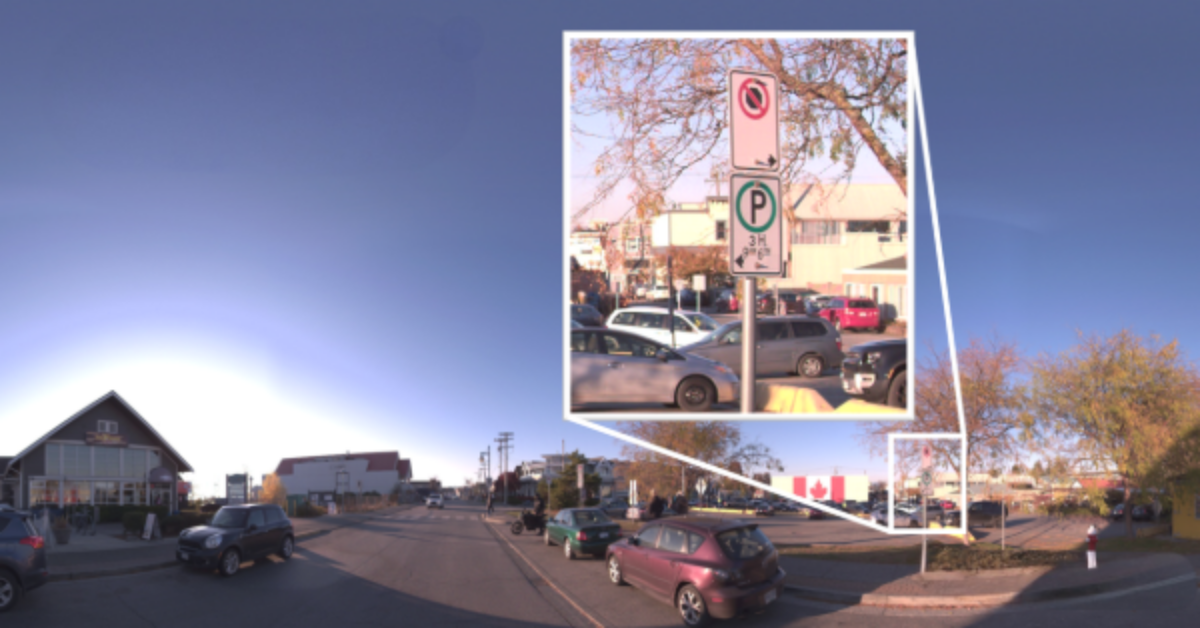
Imaging in Mobile Mapping
.png)
Using Thermal Imaging for Oil Spill Detection
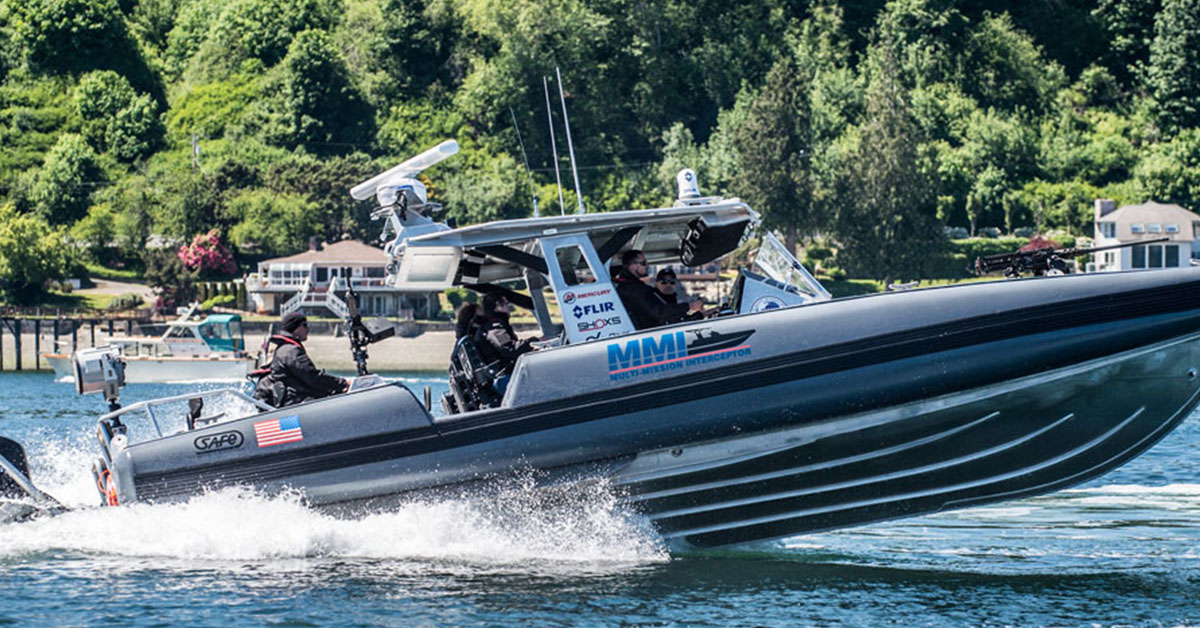
Five Reasons Maritime First Responders Need Thermal Imaging
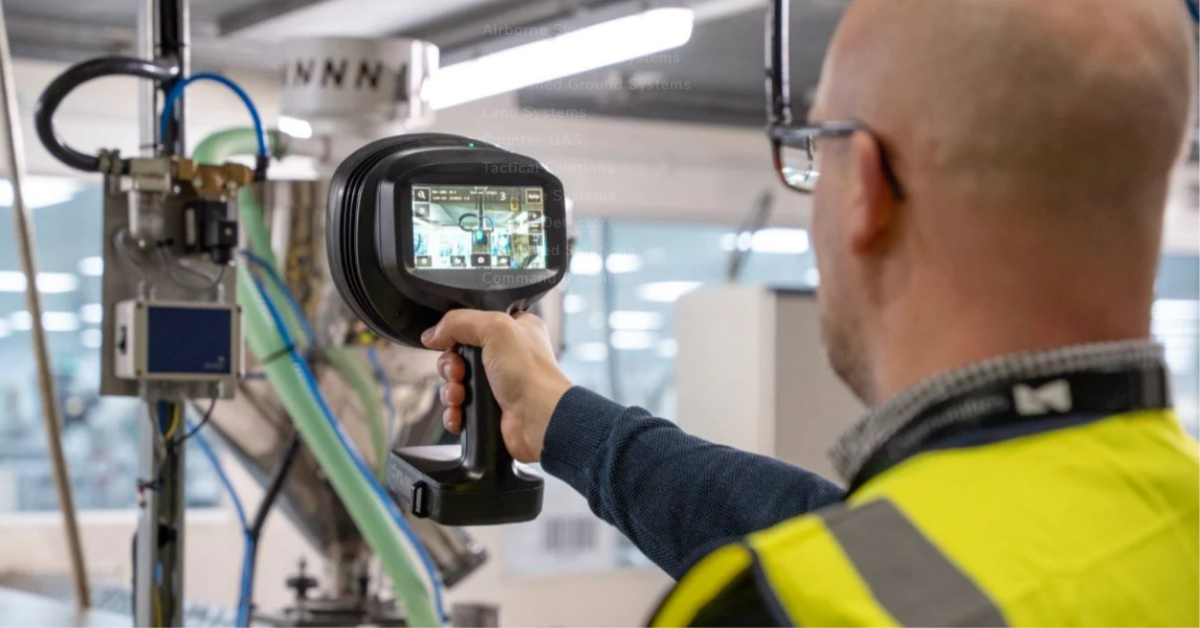
Case Study: Tackling Compressed Air Leaks in Automotive Parts Manufacturing with Acoustic Imaging
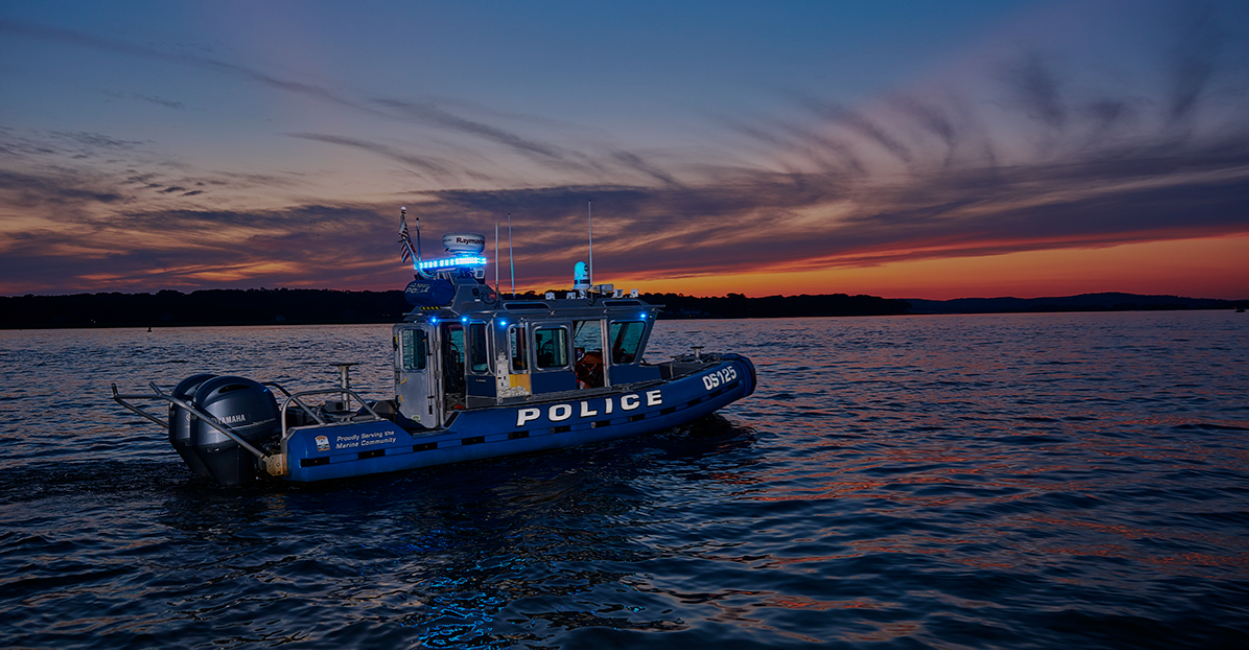
Thermal Night Vision as a Force Multiplier
.png)
Line Scan Contact Image Sensor - AxCIS
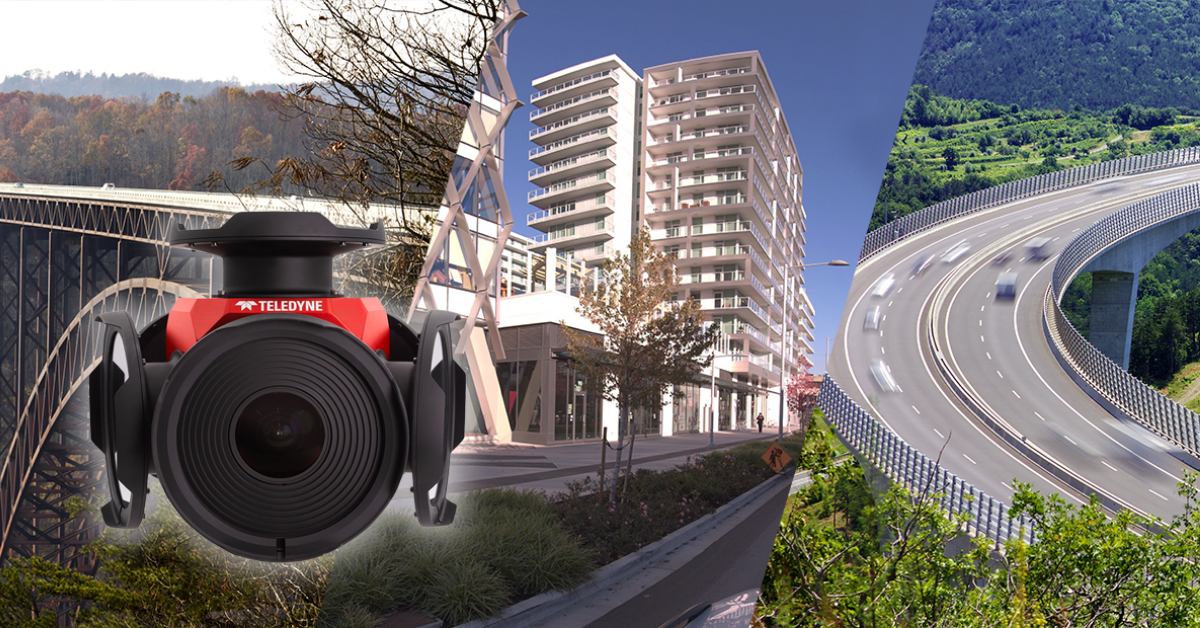
Beyond Resolution: What Really Makes a Camera System Work for Mobile Mapping
.png)
Multispectral Marine Cameras for USV Applications
.png)
Stabilizing FLIR Cameras for Smooth Viewing in Rough Waters
 (1).png)









